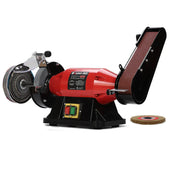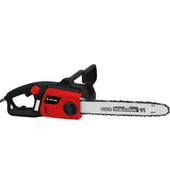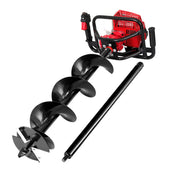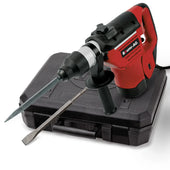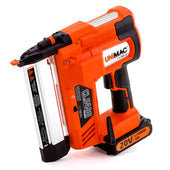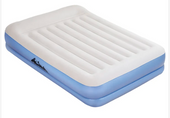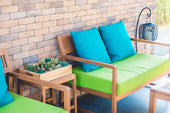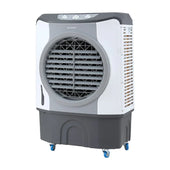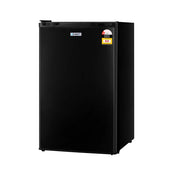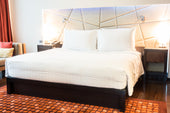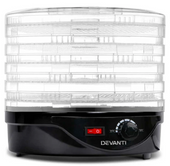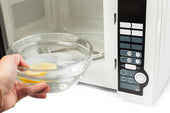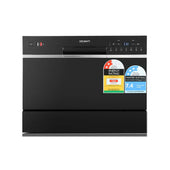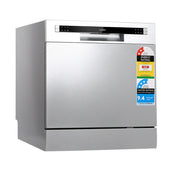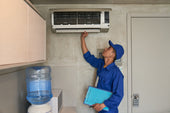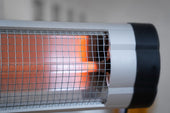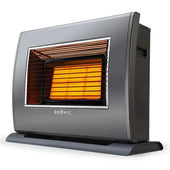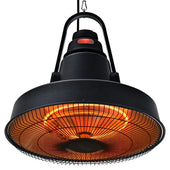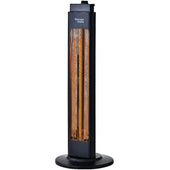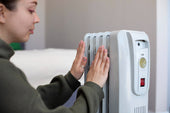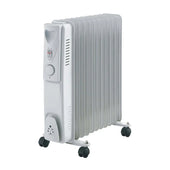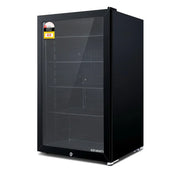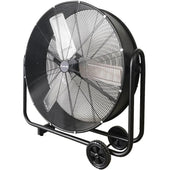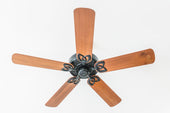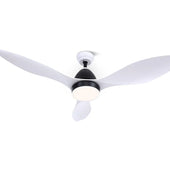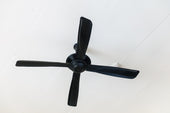Introduction to Building an Outdoor Table
Building an outdoor table is an engaging project that allows individuals to create a functional and custom piece for their outdoor space. It requires careful planning, basic woodworking skills, and the right materials to ensure durability and style. Selecting the appropriate wood is essential, as it must withstand outdoor conditions such as moisture and temperature changes. Tools such as saws, drills, and sanders are typically required for precise cuts and smooth finishes. Safety procedures, including goggles and gloves, should be observed throughout the process. Designing the table to fit the space and purpose is a key step before construction begins.
Key Tools and Materials Needed for the Project
To build an outdoor table, certain tools and materials are essential to ensure both efficiency and durability.
Tools:
- Circular saw: Ideal for cutting wood with precision.
- Power drill: Necessary for creating pilot holes and securing screws.
- Measuring tape: Ensures accurate dimensions for the project.
- Clamps: Essential for holding pieces together during assembly.
- Sander or sandpaper: Smooths surfaces for a polished finish.
Materials:
- Outdoor-grade timber: Offers durability against weather conditions.
- Wood screws: Strong connection for the table's structure.
- Weather-resistant wood stain: Protects against moisture and UV rays.
- Sealant: Enhances longevity by water-proofing the surface.
- Metal or rubber feet: Prevents wear and damage on uneven outdoor surfaces.
Clear organisation of tools and materials ensures the project progresses smoothly.
Choosing the Ideal Wood and Design
Selecting the right wood is critical for durability and aesthetics. Outdoor tables are exposed to weather, so using hardwoods like teak, cedar, or white oak is recommended due to their natural resistance to moisture and decay. At During Days Pressure-treated lumber is another option, offering robustness while being cost-effective.
Design considerations should reflect both function and style. For a rustic appearance, opt for a farmhouse design with a distressed finish. Sleek, minimalist tables suit contemporary spaces well. Stability is crucial; incorporate strong joinery, like mortise and tenon or pocket-hole screws.
To enhance longevity, ensure the wood is sealed with outdoor-grade finishes. Balance durability with visual appeal for an ideal outcome.
Preparing Your Workspace for the Build
A well-organised workspace is essential for building an outdoor table efficiently and safely. Start by selecting a flat and sturdy surface, ensuring enough room to manoeuvre large pieces of wood. Clear the area of clutter and debris that could pose safety risks or cause inconvenience.
Compile all necessary tools, such as a saw, drill, measuring tape, screws, wood glue, and sandpaper, placing them within easy reach. Protect the workspace with drop cloths or tarps to catch sawdust and stains. Good lighting is a must to avoid errors and enhance precision. Ventilation is equally vital, especially when working with adhesives or finishes.
Measuring and Cutting Wood Pieces with Precision
To achieve the desired dimensions for the outdoor table, precise measurement is crucial. Begin by selecting quality wood, ensuring each piece is free of warping or defects. Use a measuring tape to mark lengths accurately, making sure markings are clear and visible. A carpenter’s square helps maintain straight lines and angles. For cutting, choose a fine-toothed saw to ensure clean edges.
When measuring for joints or complex shapes, consider using templates or guides for consistency. Double-check all dimensions before cutting to prevent errors. Proper safety gear, such as gloves and goggles, is essential during this process.
Creating the Table Frame: Step-by-Step Instructions
- Measure and Cut Materials: Begin by measuring and cutting the lumber to the desired dimensions for the table frame. Use a tape measure for precision and a saw appropriate for wood thickness. Ensure all pieces are cut uniformly to guarantee a stable frame.
- Assemble the Frame: Lay out the cut pieces to form the rectangular shape of the table frame. Secure the corners using wood screws and a power drill. For added stability, brackets or corner braces can be used.
- Attach Support Beams: Install support beams across the centre of the frame to prevent sagging. Space them evenly and fix them with screws. Use a square to verify that all angles remain true throughout assembly.
- Sand Edges: Smooth out sharp edges of the frame using sandpaper, which helps to prevent splinters and improves the finish. Focus particularly on areas where cuts were made.
- Check Stability: Inspect the assembled frame for sturdiness. Tighten any loose screws and ensure that the table frame sits level on the ground before proceeding to the next stage of construction.
Attaching the Tabletop Securely
To attach the tabletop securely, begin by aligning the tabletop boards with the table frame, ensuring equal overhang on all sides. Use clamps to hold the boards firmly in place. Predrill pilot holes through the frame’s support beams to prevent wood splitting.
Fasten the tabletop to the frame using galvanised screws or weather-resistant wood screws, spacing them evenly for stability. Opt for screws with a length that penetrates at least halfway into the tabletop boards without breaking through the surface.
Add corner brackets or metal braces at each corner for additional sturdiness. Ensure all screws are tightened but not overly forced, avoiding damage to the wood.
Sanding and Finishing for Durability
After assembling the outdoor table, proper sanding ensures a smooth surface free from splinters and imperfections. Use progressively finer grit sandpaper, starting with 80-grit for rough surfaces and moving to 220-grit for a polished finish. Focus on edges, corners, and surfaces where frequent contact will occur.
For added durability, apply a weather-resistant wood finish. Options include outdoor-grade polyurethane, teak oil, or exterior stain with a built-in sealant. Apply thin, even coats using a brush or cloth, allowing adequate drying time between layers. Sand lightly with fine-grade sandpaper between coats for better adhesion. Proper sealing prevents moisture penetration and extends the table's lifespan.
Adding Protective Coating for Weather Resistance
Applying a protective coating is essential for extending the lifespan of an outdoor table and safeguarding it against harsh weather conditions. To begin, sand the table's surface thoroughly to ensure smoothness and proper adhesion of the coating. Choose a weather-resistant finish such as polyurethane, varnish, or exterior wood stain, depending on the intended look and durability requirements.
- Step 1: Stir the chosen finish to avoid bubbles and inconsistencies during application.
- Step 2: Use a high-quality brush or lint-free cloth to apply an even layer of the coating in long, smooth strokes.
- Step 3: Allow the first layer to dry completely before adding a second coat for enhanced protection.
Multiple layers will provide added protection against moisture, UV rays, and temperature changes, ensuring longevity.
Tips for Customising Your Outdoor Table
- Choose a Unique Colour Scheme: Select outdoor-friendly paints or stains to reflect personal style while protecting the wood from weather exposure. Neutral tones blend with the surroundings, while bold colours add vibrancy.
- Add Personalised Touches: Incorporate engraved designs, stencilled patterns, or mosaic tile inlays to make the table a standout piece in the garden.
- Opt for Different Tabletop Materials: Replace traditional wood with tempered glass, slate, or reclaimed barn wood for a modern or rustic look. Ensure materials are weather-resistant.
- Include Functional Features: Install built-in ice troughs, umbrella holes, or storage compartments to improve functionality and convenience.
- Select Hardware Carefully: Use stainless steel or powder-coated hardware to prevent rust and complement the table's overall style.
Maintenance Advice to Extend the Table’s Life
Proper maintenance ensures the outdoor table remains functional and visually appealing for years. Start by sealing the wood with weather-resistant finishes to protect it from moisture and UV damage. Apply these finishes annually to maintain their effectiveness.
Clean the table regularly to prevent dirt, mildew, and stains. A mild soap solution and soft cloth work well for most surfaces. Avoid abrasive cleaners, which can damage finishes or scratch the material.
Position the table in a shaded or covered area to minimise sun exposure. Using waterproof furniture covers during harsh weather conditions provides additional protection. Periodically check for loose screws or joints and tighten them as needed.
Conclusion: Enjoy Your Handmade Outdoor Table
A handmade outdoor table offers both functionality and personal charm, serving as a centrepiece for gatherings or quiet moments outdoors. Its craftsmanship not only reflects the builder’s effort but also enhances the aesthetic of the outdoor space. Functional design and durable materials ensure the table withstands varying weather conditions, making it a reliable addition to any garden, patio, or deck. Such a project also provides an opportunity to customise features, from the table’s dimensions to its finish, allowing it to fit seamlessly into the desired environment. Ultimately, the table embodies the satisfaction of a completed project and the joy of outdoor living.



